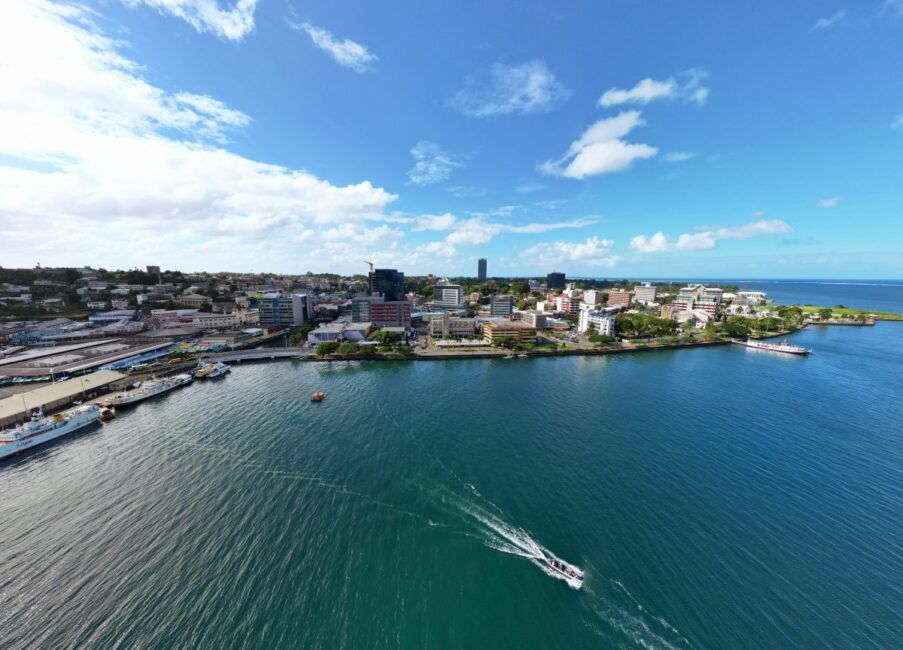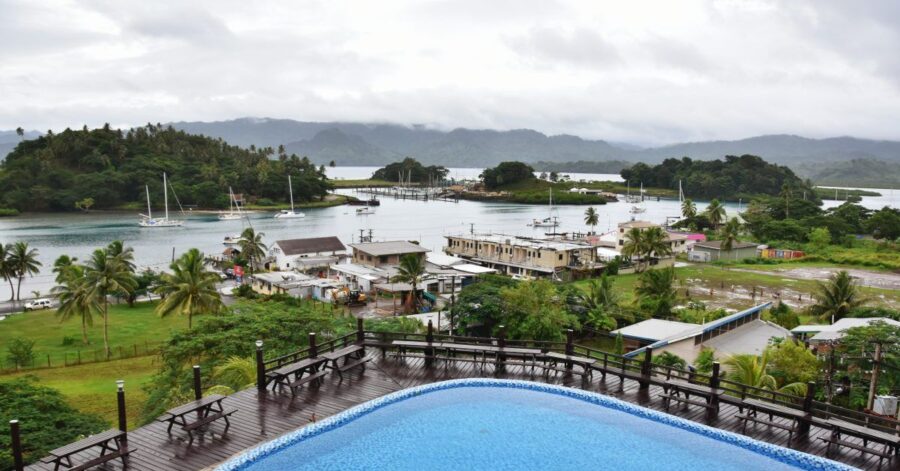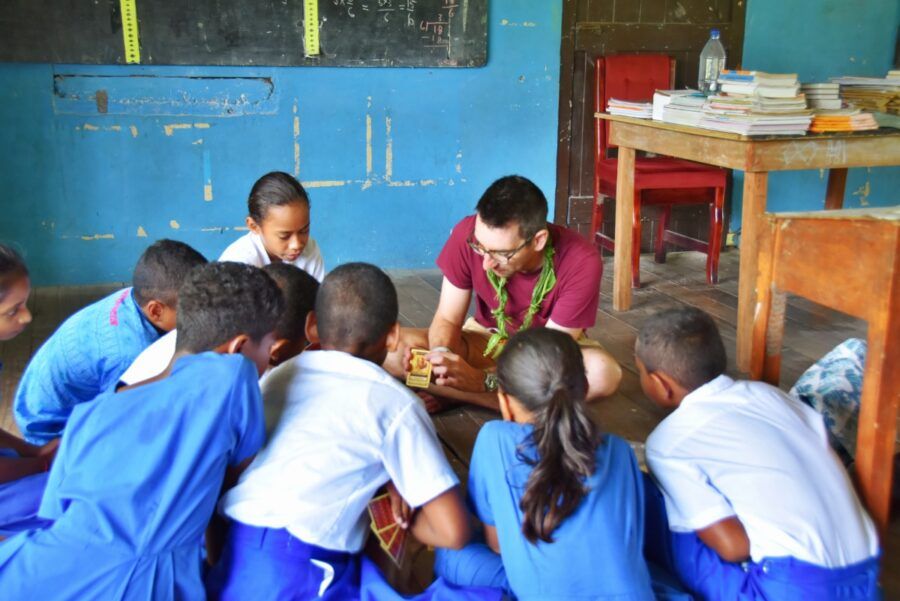Fiji’s Largest Cities by Population
As bustling centres of culture, activities, and city life, Fiji’s cities are well worth stopping by on a road trip around the main islands, Viti Levu and Vanua Levu. Most cities in Fiji are on Viti Levu, which is Fiji’s largest island. With a wealth of shops, services and tours, some cities make a great base for exploring the real Fiji and its mix of cultures. In cities, you’ll meet Fijian and Indo-Fijians selling their wares in commercial centres or using the city as their base for agricultural work (mainly in the sugar trade). Check out the largest towns and cities in the list below and learn what these Fiji cities are famous for.
Before we dive into this list of the largest towns and cities in Fiji, check out The Guide to the Fiji Culture for Travellers to learn even more about the Fijian culture and how you can experience it.
Table of Contents
1. Suva
Unsurprisingly, the largest city in Fiji (and the South Pacific) is also the capital city of Fiji. Located on the largest island, Viti Levu, Suva holds almost half the population of Fiji. Suva is a harbour city with a melting pot of cultures and a huge array of stores and eateries, so head to Guide to the Best Eats & Restaurants in Suva for more information. As for things to do in the city, Suva is famous for holding the national museum, the Fiji Museum, and being in close proximity to the waterfall haven of Colo-i-Suva Forest Park.
Population: 100,200+
Check out the 15 Best Things to Do in Suva.
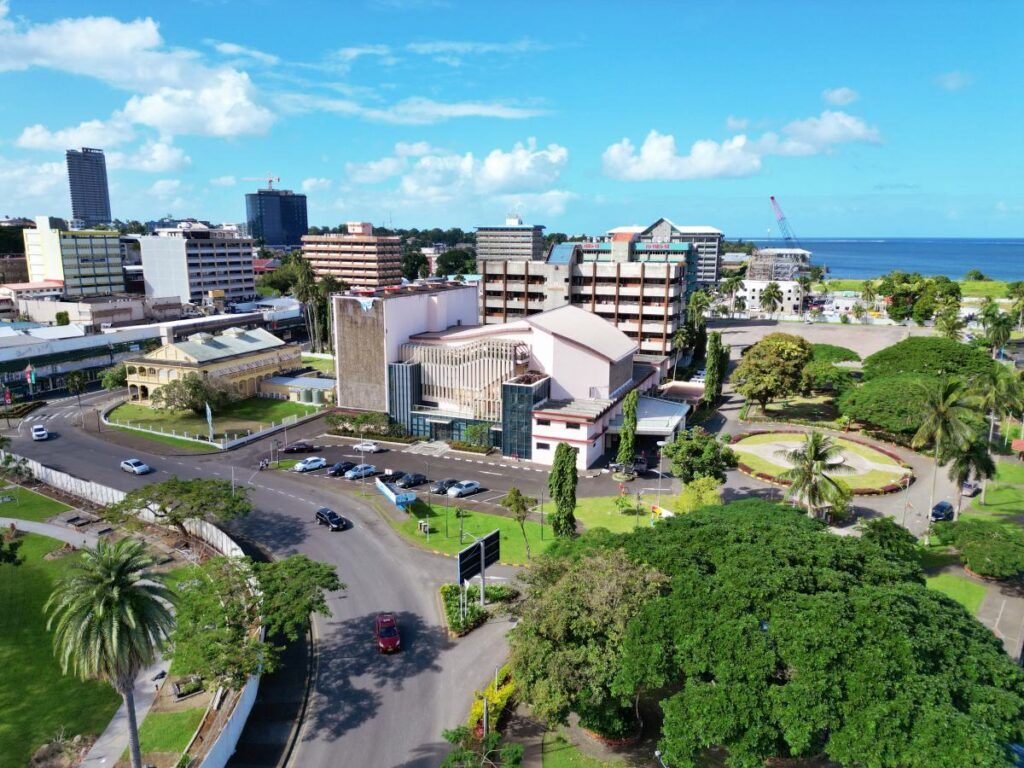 © FijiPocketGuide.com
© FijiPocketGuide.com1. Nausori
Just north of Suva, Nausori is known for its vibrant agricultural market along the Rewa River. It features the historic Nausori sugar mill, the first in Fiji, and hosts cultural events like Diwali and Ratu Sir Lala Sukuna Day. The town is also a gateway to Suva and boasts natural beauty.
Population: 57,900+
Many of the things you can do in Nausori are listed in the 15 Best Things to Do in Suva.
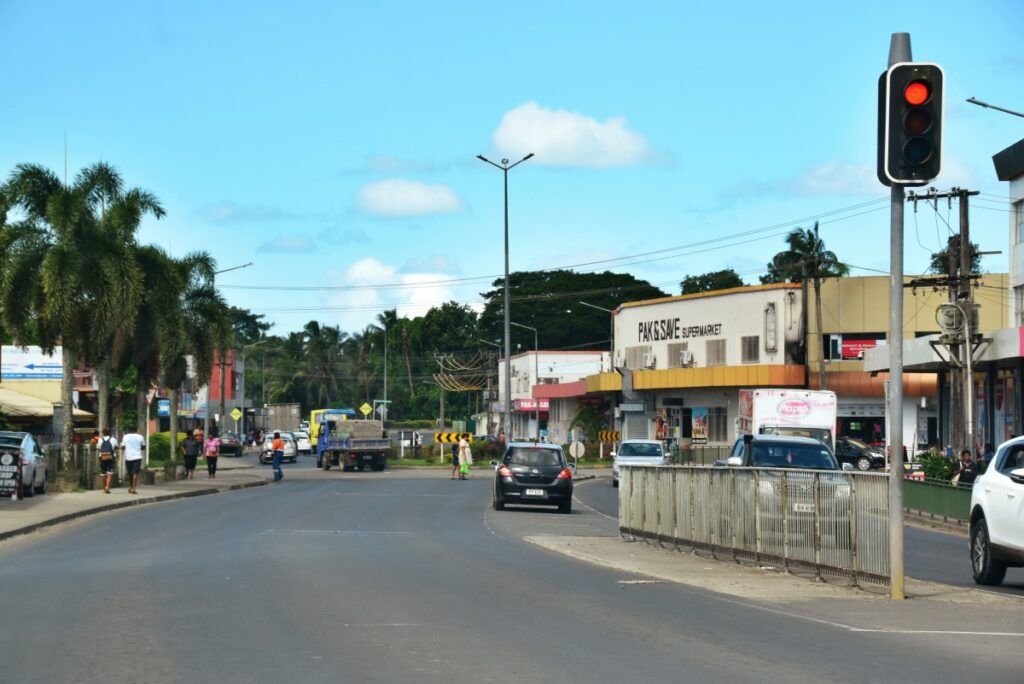 © FijiPocketGuide.com
© FijiPocketGuide.com3. Lautoka
On the eastern side of Viti Levu, and only a 35-minute drive from Nadi, Lautoka is often seen as Nadi’s better-looking sister. The wide streets are decorated in foliage and have the ever-visible Evans Mountain Range as a backdrop. The city has a large Indo-Fijian presence, so the streets have a lively Indian flare. The shops and large market give visitors a great city-shopping alternative to Nadi. Lautoka’s history is mainly built around the Lautoka Sugar Mill, where you can still watch sugar trains chugging through the city in the latter months of the year.
Population: 52,220+
Check out the 10 Things to Do in Lautoka.
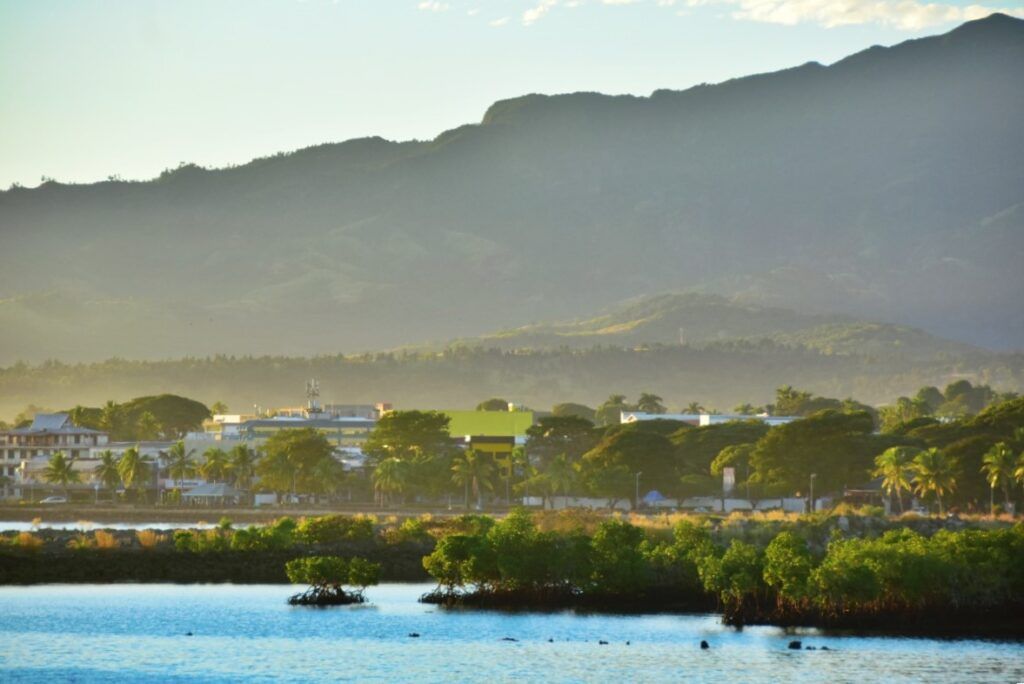 © FijiPocketGuide.com
© FijiPocketGuide.com4. Nadi
Most international visitors who come to Fiji see the third-largest city, Nadi (pronounced “Nan-di”). Home to the Nadi International Airport, this is where around 95% of internationals start their holiday in Fiji. The city is spread across several different urban areas along the Queens Road, where there’s a mix of shops, temples, markets, eateries and nightlife to experience. As a tourist hub, there are plenty of resorts, tours and island excursions to keep visitors entertained.
Population: 42,200+
Check out the 25 Best Things to Do in Nadi.
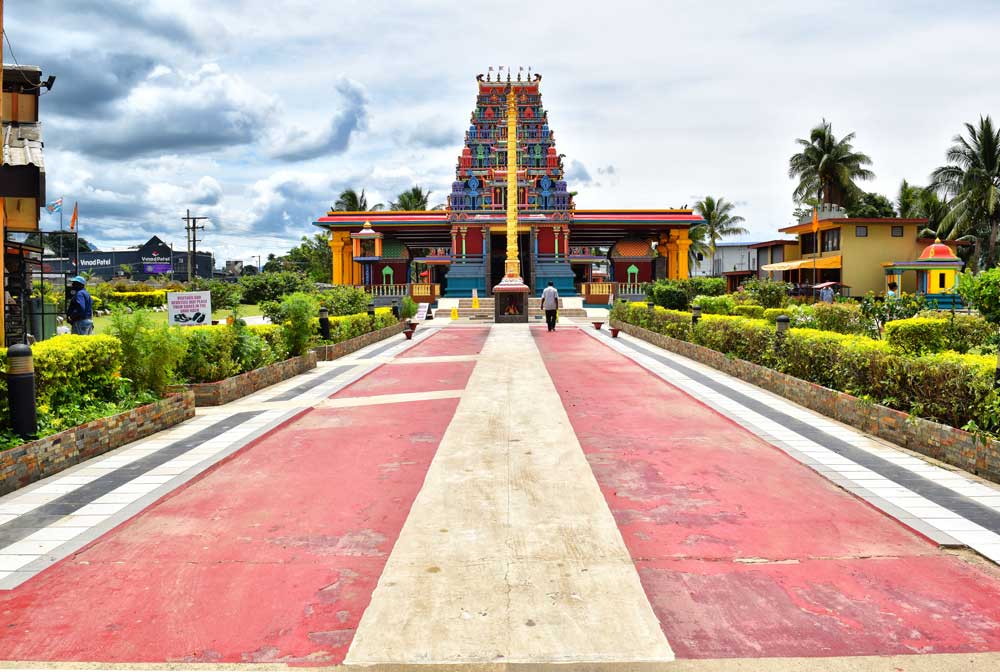 © FijiPocketGuide.com
© FijiPocketGuide.com5. Labasa
Moving away from the mainland, Labasa (pronounced “Lam-ba-sa”) is located in the north of Fiji’s second-largest island, Vanua Levu. Labasa is predominantly an Indo-Fijian city, which was built on the sugar trade and is still much alive with the industry. The hub for northern Vanua Levu feels like stepping into India with curry houses and stores selling Indian attire and trinkets. The city is built along the Labasa River.
Population: 28,500+
Check out the 10 Best Things to Do in Labasa.
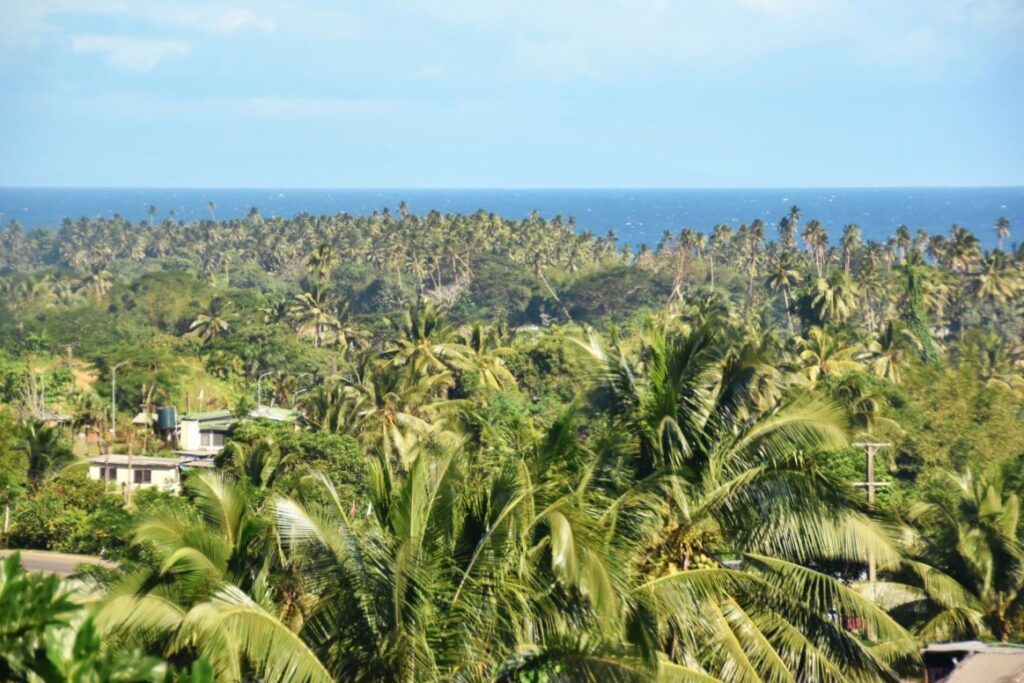 © FijiPocketGuide.com
© FijiPocketGuide.com6. Ba
Ba in Viti Levu is situated along the Kings Road, 63 km (40 mi) north of Nadi. Named after the Ba River, Ba is the central hub for the Ba Province, which is the largest province of Fiji. The district celebrates this fact and its lively social history which you can admire from the town’s many sculptures. The majority of the population are Indo-Fijian, with the main industry being agriculture and the sugar cane industry in particular.
Population: 15,800+
Check out the 5 Best Things to Do in Ba.
 © FijiPocketGuide.com
© FijiPocketGuide.comFAQ About the Biggest Towns and Cities in Fiji
Now that you know about the largest urban areas in Fiji, here are the answers to the internet’s frequently asked questions about Fiji’s towns and cities!
What is the nicest city in Fiji?
While beauty is subjective, many consider Suva to be the nicest city in Fiji. As the capital, it offers a blend of colonial architecture, modern amenities, and lush green spaces. The city’s picturesque waterfront, vibrant markets, and diverse cultural scene make it a favourite among visitors and locals alike. For more information, check out our Guide to Suva.
What is the most populated part of Fiji?
The most populated part of Fiji is the Greater Suva Urban Area, which includes Suva City and its surrounding suburbs. This area is home to approximately 100,200 people, making it the largest urban centre in the South Pacific outside of New Zealand. The region’s population density reflects its importance as Fiji’s economic and political hub. For more information, check out our Guide to Fiji’s Demographics.
Is Suva or Nadi bigger?
Suva is bigger than Nadi in terms of population and urban area. Suva, as the capital city, has a population of around 85,000 within the city limits and expands to about 100,200 in the greater urban area. Nadi, while internationally known for its airport, has a smaller population of approximately 50,000. However, Nadi is a major tourist gateway and plays a crucial role in Fiji’s tourism industry. For more information, check out our Comparison of Fiji’s Major Cities.
What is the most popular area of Fiji?
The most popular area of Fiji for tourists is typically considered to be the Mamanuca Islands. This group of islands, located just off the coast of Viti Levu near Nadi, is renowned for its pristine beaches, crystal-clear waters, and luxury resorts. The region’s accessibility from Nadi International Airport and its picturesque scenery make it a favourite among holidaymakers. For more information, check out our Guide to the Mamanuca Islands.
What is Fiji’s biggest town?
Fiji’s biggest town is actually its capital city, Suva. Located on the southeast coast of Viti Levu, Suva is not only the largest urban area in Fiji but also serves as the country’s political, economic, and cultural centre. With its deep-water port, Suva is also a significant hub for regional trade and diplomacy in the South Pacific. For more information, check out our Complete Guide to Suva.
Are there any significant historical sites in Fiji’s major towns?
Yes, Fiji’s major towns are home to several significant historical sites. In Suva, you can visit the Fiji Museum, which houses an extensive collection of Fijian artefacts and cultural exhibits. Levuka, on the island of Ovalau, is Fiji’s old capital and a UNESCO World Heritage site, featuring well-preserved colonial architecture. In Nadi, the colourful Sri Siva Subramaniya Temple showcases the country’s Indian heritage. For more information, check out our Guide to Historical Sites in Fiji.
What are the main differences between urban and rural life in Fiji?
Urban life in Fiji, particularly in cities like Suva and Nadi, offers more modern amenities, diverse job opportunities, and a multicultural environment. Rural life, on the other hand, tends to be more traditional, with stronger ties to Fijian customs and a greater focus on agriculture and fishing. Rural areas often provide a more laid-back lifestyle and closer community bonds, while urban areas offer more educational and economic opportunities. For more information, check out our Guide to Fijian Culture and Lifestyle.
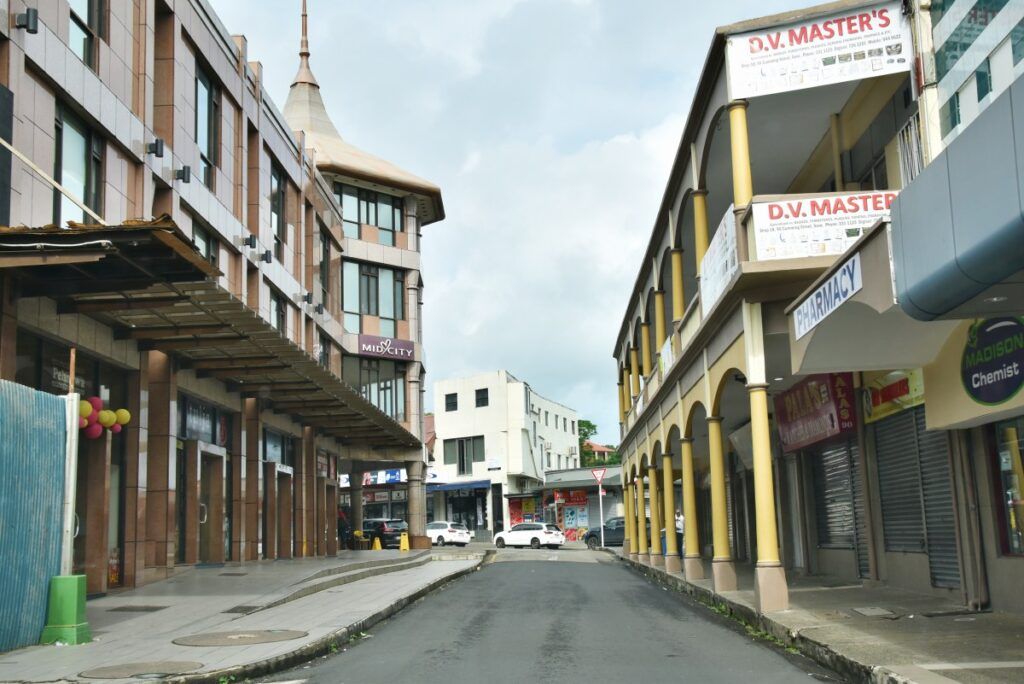 © FijiPocketGuide.com
© FijiPocketGuide.comMore About the Biggest Towns and Cities in Fiji
That’s it for our guide to the biggest towns and cities in Fiji; for more information about urban life in Fiji, check out the following articles:
- The 5 Best Small Towns & Villages to Visit in Fiji
- 10 Fijian Words You Need to Know When Visiting Fiji
- Fiji Village Etiquette: What to Do When Visiting a Fijian Village
Finally, if there’s anything we’ve missed, you’re likely to find it in our guide, Who are the People of Fiji? Ethnicity, Population & More.
Sources:
The information in this guide has been compiled from our extensive research, travel and experiences across Fiji and the South Pacific, accumulated over more than a decade of numerous visits to each destination. Additional sources for this guide include the following:
- Tourism Fiji (General travel advice - Updated [2025])
- Fiji Hotel and Tourism Association (Tourism trade association - Updated [2025])
- SPTO (Pacific tourism advice - Updated [2025])
- Ministry of Tourism and Civil Aviation (Tourism statistics - Updated [2025])
- Land Transport Authority (Road safety advice - Updated [2025])
- Fiji Immigration (Visa and immigration advice - Updated [2025])
- Fiji Revenue & Customs Service (Customs and visitor taxes - Updated [2025])
- Biosecurity Authority of Fiji (Biosecurity advice - Updated [2025])
- Fiji Meteorological Service (Weather forecast and warnings - Updated [2025])
- Fiji Bureau of Statistics (Statistics and travel data - Updated [2025])
- Safe Travel (New Zealand travel advisory for Fiji - Updated [2025])
- Smart Traveller (Australia travel advisory for Fiji - Updated [2025])
- Travel.State.Gov (U.S. travel advisory for Fiji - Updated [2025])
- Suva City Council (Local council website)
- Nausori Town Council (Local council website)
Our editorial standards: At Fiji Pocket Guide, we uphold strict editorial standards to ensure accurate and quality content.

About The Author
Robin (Ruveni) C.
This article was reviewed and published by Robin, the co-founder of Fiji Pocket Guide. He has lived, worked and travelled across 16 different countries before settling in the South Pacific, so he knows a thing or two about planning the perfect trip in this corner of the world. Robin is also the co-founder of several other South Pacific travel guides and is a regular host of webinars with the South Pacific Tourism Organisation.
